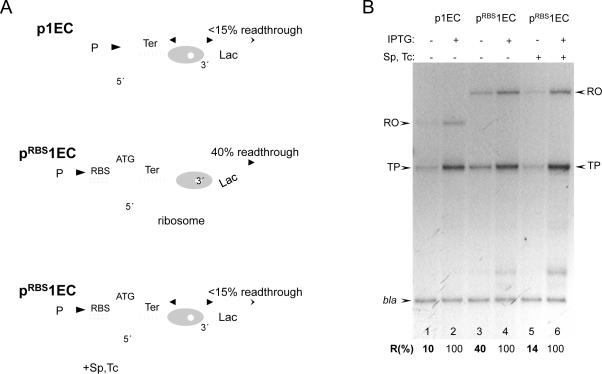Fig. 3. Cooperation between the ribosome and leading RNAP in overcoming a transcriptional roadblock in vivo.
(A) Diagram describing the cooperative mechanism and the results of (B). The ribosome reactivates the blocked EC (which is predominantly backtracked) by pushing it forward. The activated EC is now able to traverse the lac repressor as soon as the latter dissociates. Inhibition of translation by antibiotics (Sp and Tc) disrupts cooperation, thereby inhibiting RNAP readthrough. (B) Stimulating effect of translation on transcriptional readthrough of the lac repressor in vivo. Autoradiogram shows the RT extension products obtained from 32P primers hybridized to either cat or bla transcripts. p1EC and pRBS1EC template plasmids and experimental conditions were as in Fig. 2. The ribosome inhibitors Sp and Tc were added as indicated (lanes 5, 6). RO and TP stand for the full size (runoff) reverse transcription product and the product interrupted at the base of the trp terminator hairpin, respectively. The efficiency of transcriptional readthrough (%R) was calculated as a fraction of extension products (RO+TP) normalized to 100% readthrough in the presence of IPTG. The results are the mean from three independent experiments (p<0.05).

